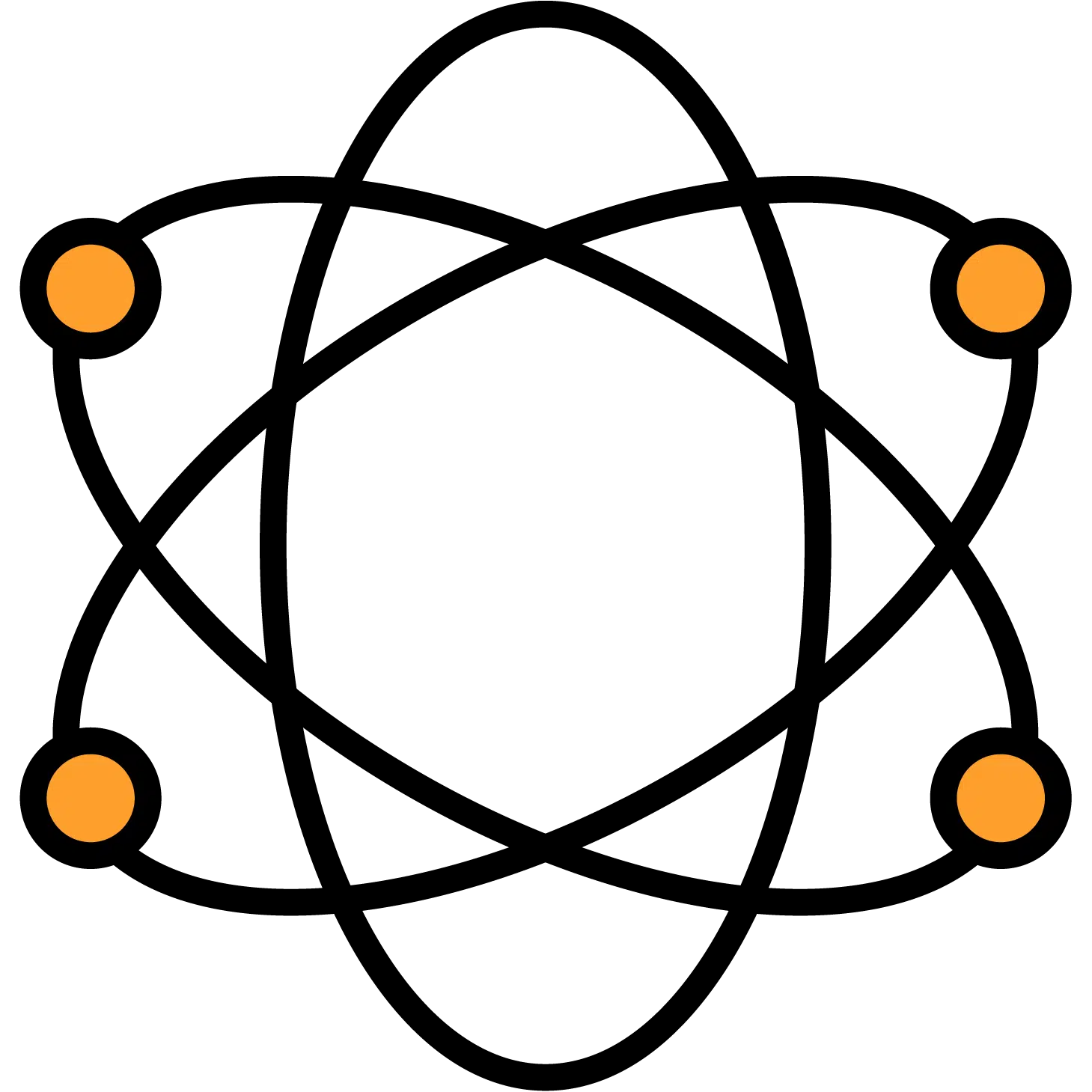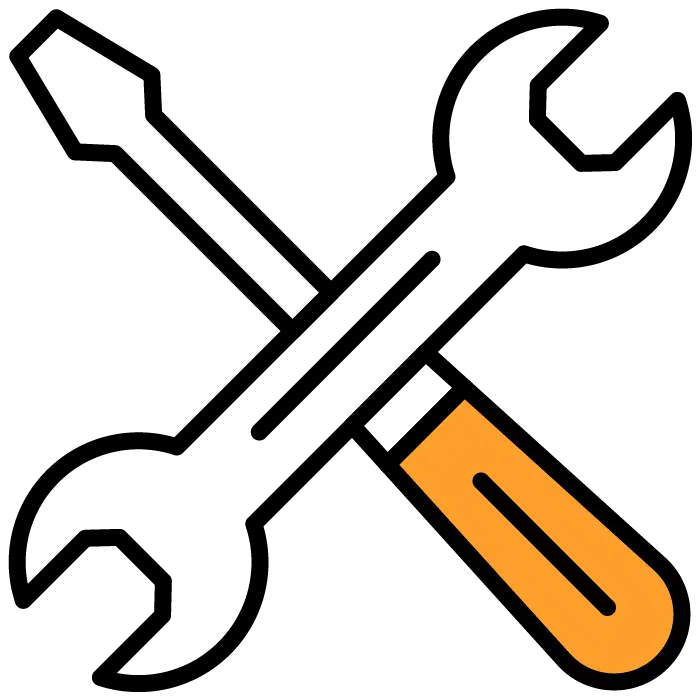For many growing companies, hiring can get confusing fast. A small team can fill a few roles by word of mouth, but once you have multiple locations and bigger goals, the old ways don’t keep up.
In this article, you’ll learn how a structured, data-driven method—like using DISC-based assessments—helps you avoid costly mistakes and strengthen your team as you expand.
1. The CEO’s Pain Points
- Scaling Up: Multiple locations and more employees demand a repeatable system for hiring.
- Cost of Wrong Hires: One bad hire can lead to money lost, morale dips, and project delays.
- High Turnover: Constantly replacing people drains time and energy.
- Overwhelming Complexity: You want to delegate hiring, but the internal team needs more tools and training.
- Culture Maintenance: Rapid growth can dilute your company culture unless you hire thoughtfully.
2. What Is a DISC-Based Tool and Why It Matters
A DISC-based assessment measures behavioral styles: Dominance, Influence, Steadiness, and Conscientiousness.
It helps you spot how someone might behave in stressful work conditions, communicate with teams, and solve problems. When used carefully, it can:
- Offer Consistency: Everyone is measured against the same yardstick.
- Provide Actionable Insights: You can see if candidates align with the needs of each position.
3. Key Findings from a Recent DISC Pilot
We tested a WorkStyles DISC assessment with 61 IO Psychology students. Here’s what we noticed:
- High Engagement: Most found the test pleasant and straightforward.
- Positive Perceived Accuracy: A majority agreed it matched their traits and behavior patterns.
- Useful Feedback: Many said the results offered new insights.
Even those told the feedback was generated by AI rated it as credible. This suggests that if feedback is clear, structured, and relevant, participants find value in it regardless of who or what generated it.
4. How This Approach Addresses Common Hiring Problems
- Scalable System
- A standardized tool ensures you’re not reinventing the wheel for each hire.
- Reduced Bad Hires
- By focusing on validated behavioral data, you can filter out poor matches sooner.
- Lower Turnover
- If employees fit the role and culture, they’re more likely to stay and thrive.
- Less Complexity
- The tool offers an easy-to-interpret profile, guiding your team on how to handle interviews and final decisions.
- Culture Protection
- DISC insights help you gauge how someone might shape or fit into your environment.
5. Potential Drawbacks and Limitations
- Learning Curve: Your team needs training to interpret results effectively.
- Cost Considerations: Quality assessments might have subscription or per-test fees.
- Continuous Validation: Periodic review ensures the assessment stays accurate and aligns with job needs.
6. Pricing Information and ROI
- Pricing: Tools typically range $30–$100 per assessment. Some vendors offer enterprise deals that lower the per-assessment cost if you buy in bulk. Check pre-employment assessment pricing here.
- ROI: Reducing turnover even by a small percentage can pay off significantly in saved salaries, onboarding costs, and time.
Take Aways….
A structured DISC-based hiring approach can help you scale your company, reduce mis-hires, and maintain a cohesive culture.
Your team will benefit from clear data that guides interviews and final decisions. While it does require some training and investment, the return in more consistent hires and less turnover can be substantial.




